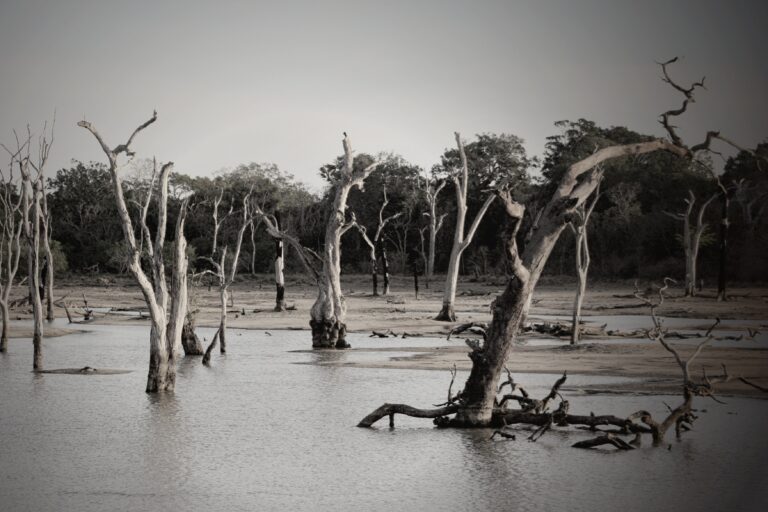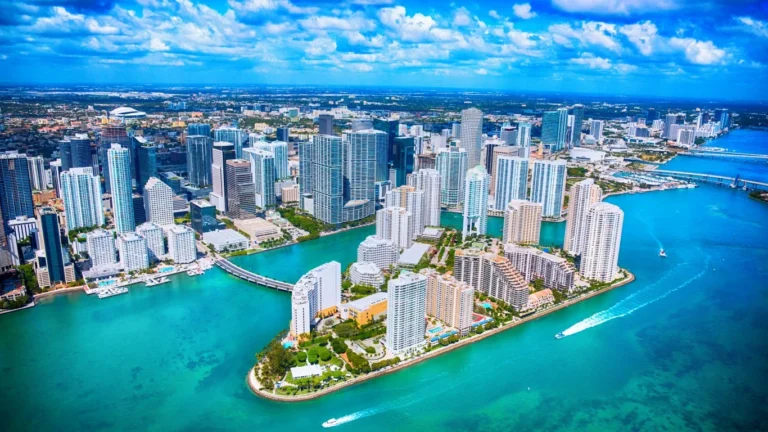Leave Phoenix Before Everyone Else Does

A recent study by ProPublica shows that Phoenix will be among the least habitable places in the US three decades from now. The people who govern Phoenix have not taken this information seriously, although they have pretended to. It’s easy to forget the problem during the part of the year when the heat index is not 120 degrees F.
The temperatures have cooled down in Phoenix. The city had 133 days of 100 degrees F or higher in 2023. The last 100-degree F day was in October, an extraordinary outlier that may not be so unusual anymore. The city could use this season, when the temperature is not off the charts, to devise serious plans for what will inevitably be one of the most serious climate crises in American history.
Unfortunately, the most significant move by the Phoenix government during the last heat wave was to call for federal government assistance. As hundreds of people died in the city’s region, Phoenix’s mayor formed the “Office of Heat Response and Mitigation.” Simultaneously, he asked FEMA “to consider adding extreme heat to the existing list of 16 types of declared major disasters.” However, hurricanes are on that list of major disasters. The presence of hurricanes on this FEMA list does not mean the government can decrease the number of hurricanes. It only means that the federal government acknowledges that the hurricane problem is worsening, and FEMA needs to be prepared for more catastrophes. This also means the expenditure of more federal funds. Phoenix wants some of this money but hasn’t produced a plan to show how that money would help solve the problem of too many days of extreme heat.
The Washington Post wrote about the last heat wave in Phoenix: “Sustained heat at such levels is inhospitable to human life.” This means people have to move or face life-threatening conditions. There is no exodus of people from Phoenix now, but there will be.
The heat is only part of why people will not be able to live in Phoenix throughout the year. Phoenix will run out of water as well. The Colorado River is disappearing because of climate change. It supplies Phoenix with about a third of its water. The Wall Street Journal reported that the water problem in Phoenix can be ignored and that the city can continue to grow. The water shortages, the Journal writes, have been, to a large extent, because of use by agriculture, and this part of the regional economy is shrinking. Oddly, however, at the same time, Arizona has cut zoning permits for construction because of a shortage of groundwater. One of these two analyses is certainly false.
Scientists believe that somewhere between 100 degrees F and 110 F, areas with large numbers of people become uninhabitable. To make matters worse, many people in Arizona, for example, have to work outdoors where it can be hotter. They maintain the asphalt roads and work in other labor-intensive outdoor jobs. Other Phoenix residents have preexisting conditions like lung disease, heart disease, and obesity. Regarding the impact of extreme heat on health, Phoenix is moving in the same direction as cities in India.
Phoenix officials will be unhappy when they read articles like this. They want residents and businesses to think each year, the climate crisis in Phoenix will get better or at least not get worse. They know this is misleading, but they won’t say so.
The people in India and Phoenix do have different choices at this time. In the US, people can move to places where climate change is not as much of a threat. It is already inevitable that people will begin to move out of Phoenix. Based on current research, by 2050, this migration will significantly reduce the population of Phoenix. These American migrants from Phoenix currently have options. They can move to Minnesota, Michigan, Nebraska, upstate New York, Vermont or New Hampshire. At least these are places where they don’t have to worry about how many people will die in the heat.






